Overview
Atherosclerosis is a medical condition characterized by the buildup of plaque inside the arteries. It is a type of arteriosclerosis, which is a general term for hardening and narrowing of the arteries. In atherosclerosis, the plaque is made up of fat, cholesterol, calcium, and other substances found in the blood.
Causes
Atherosclerosis develops over time due to a combination of factors, including damage to the inner lining of arteries and the body's inflammatory response. Here's a general overview of the process:
Endothelial DamagePlaque FormationInflammation and ProgressionComplications
Symptoms
Coronary Arteries (Heart):
Chest pain or discomfort, which may feel like pressure, squeezing, fullness, or pain in the chest.Shortness of breath, especially during physical activity or exertion.Nausea, vomiting, indigestion, or heartburn.
Carotid Arteries (Brain):
Sudden weakness or numbness, typically on one side of the body.Sudden difficulty speaking or understanding speech.Sudden vision changes in one or both eyes.Sudden severe headache with no known cause.
Peripheral Arteries (Arms and Legs):
Coldness or numbness in the extremities.Changes in skin color or discolored skin on the legs or feet.Slow or absent pulse in the affected limb.
Renal Arteries (Kidneys):
High blood pressure that is difficult to control with medications.Decreased kidney function, swelling in the legs, changes in urination patterns.
Treatment: Modern Medicine
Cholesterol-lowering medicationsBlood pressure medicationsAntiplatelet medicationsDiabetes medicationsAngioplasty and stentingCoronary Artery Bypass Grafting
Treatment: Traditional Medicine
Red yeast riceFiberPlant sterols and stanolsVitamin DMagnesiumGarlic:
Caution
Smoking cessationStress managementWeight managementMedical procedures
Prevention
Maintain a Healthy WeightDon't SmokeManage Chronic ConditionsLimit Alcohol IntakeManage Stress
 Nalamaree Team
Nalamaree Team

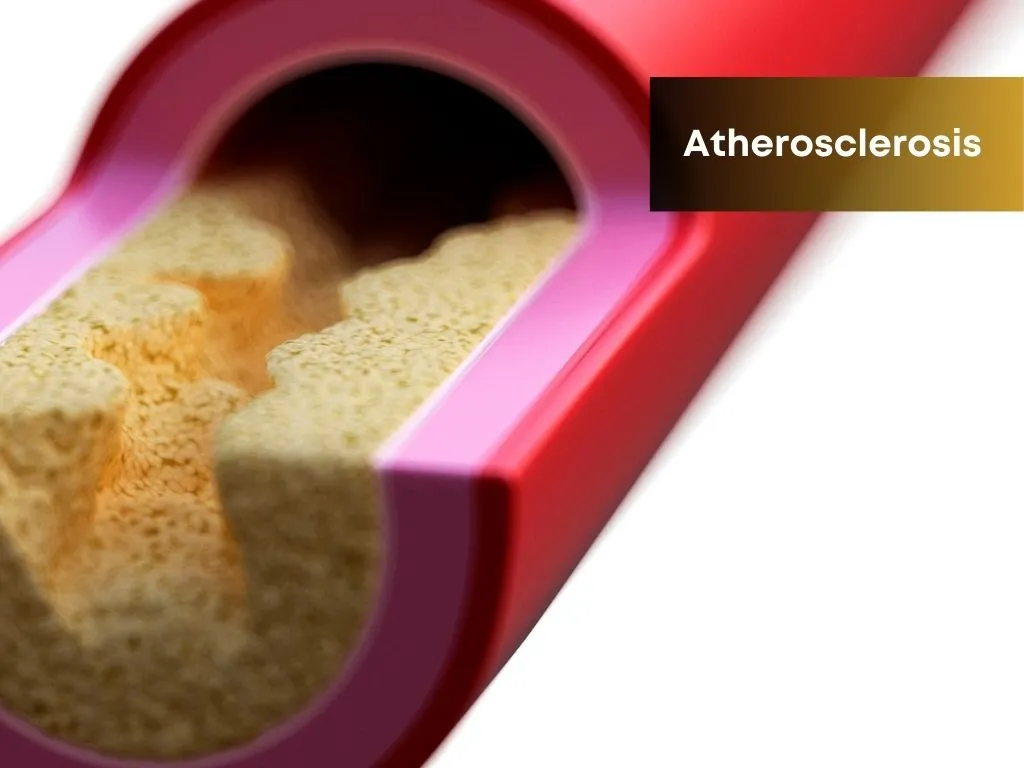
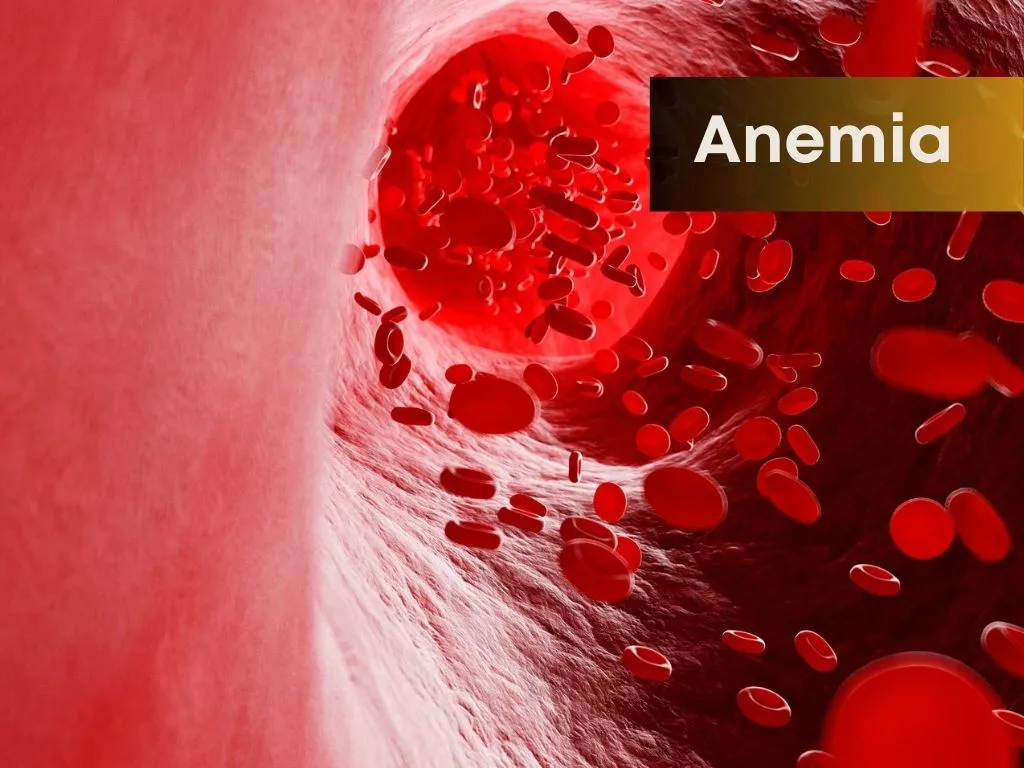

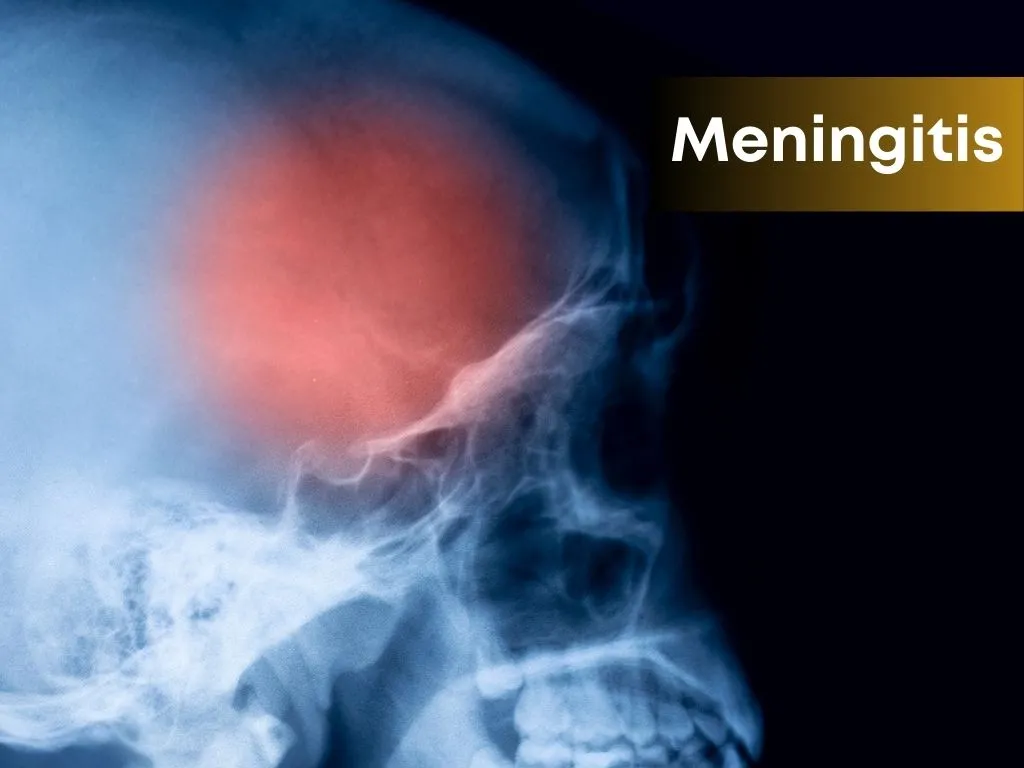


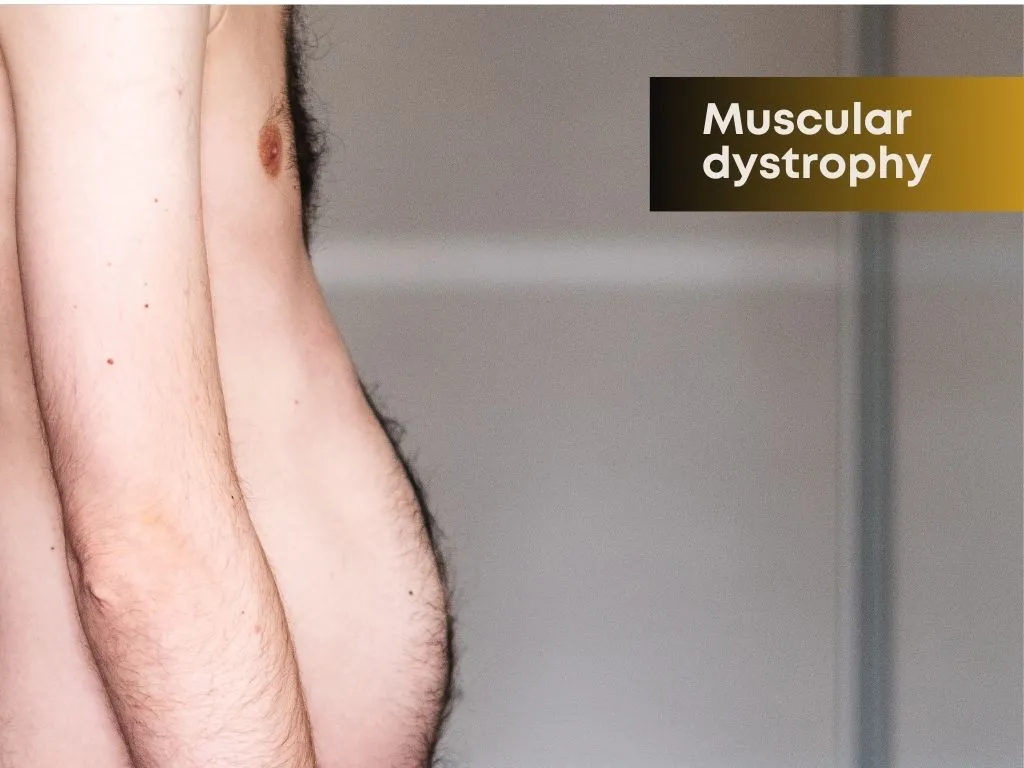

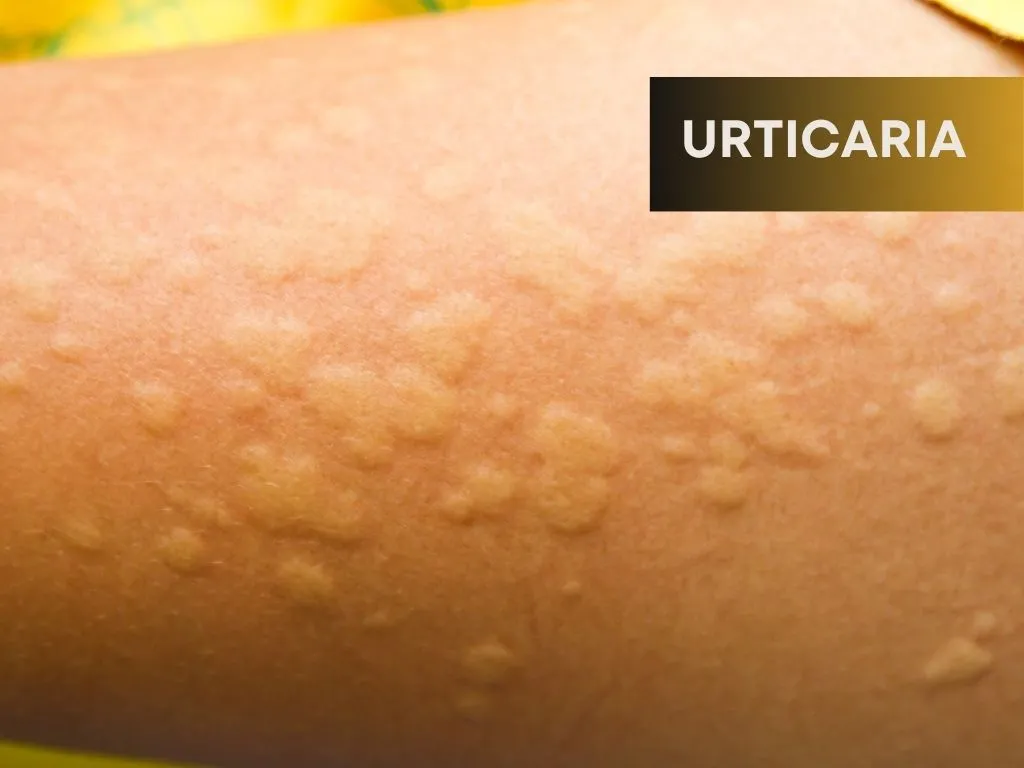
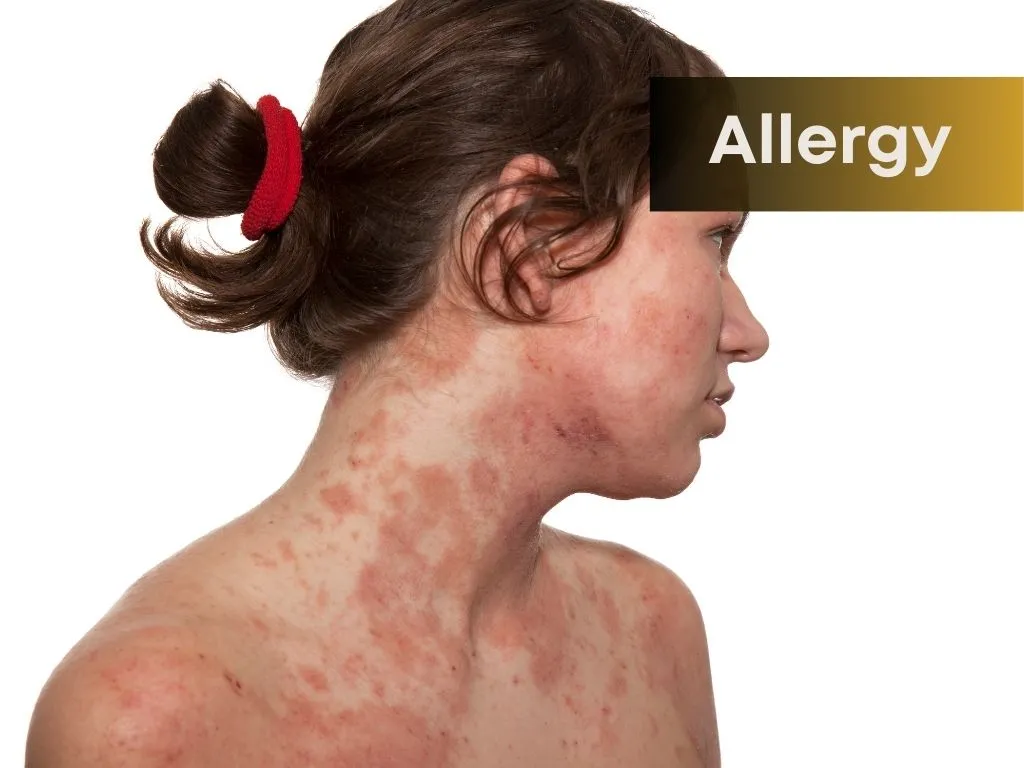




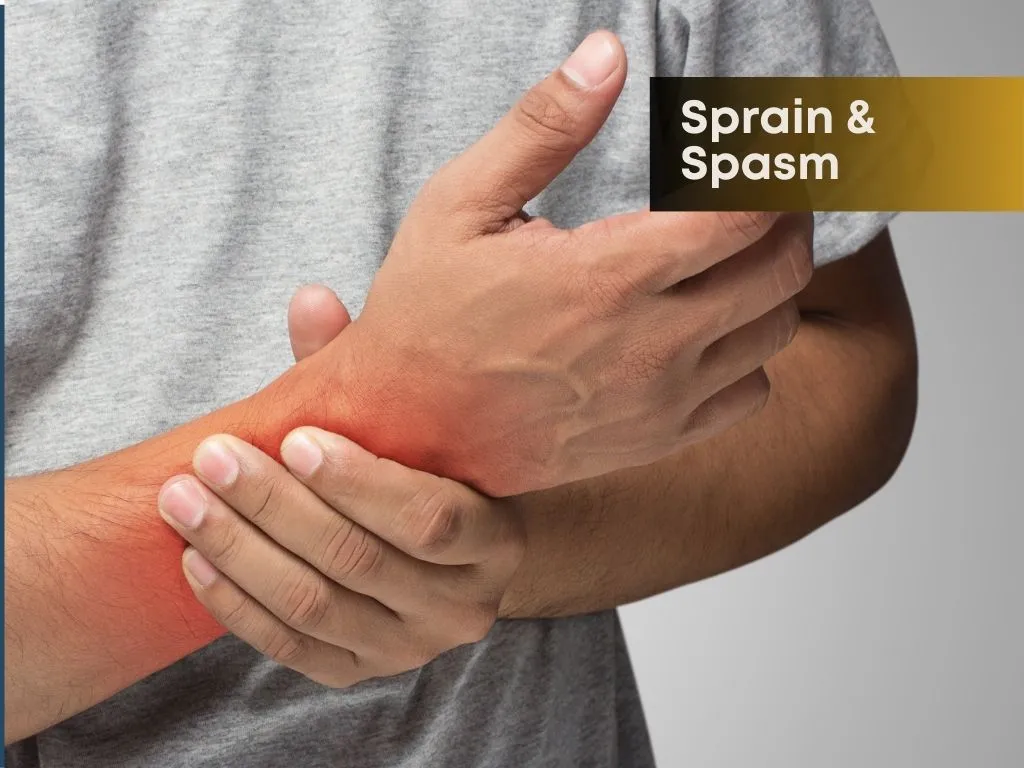

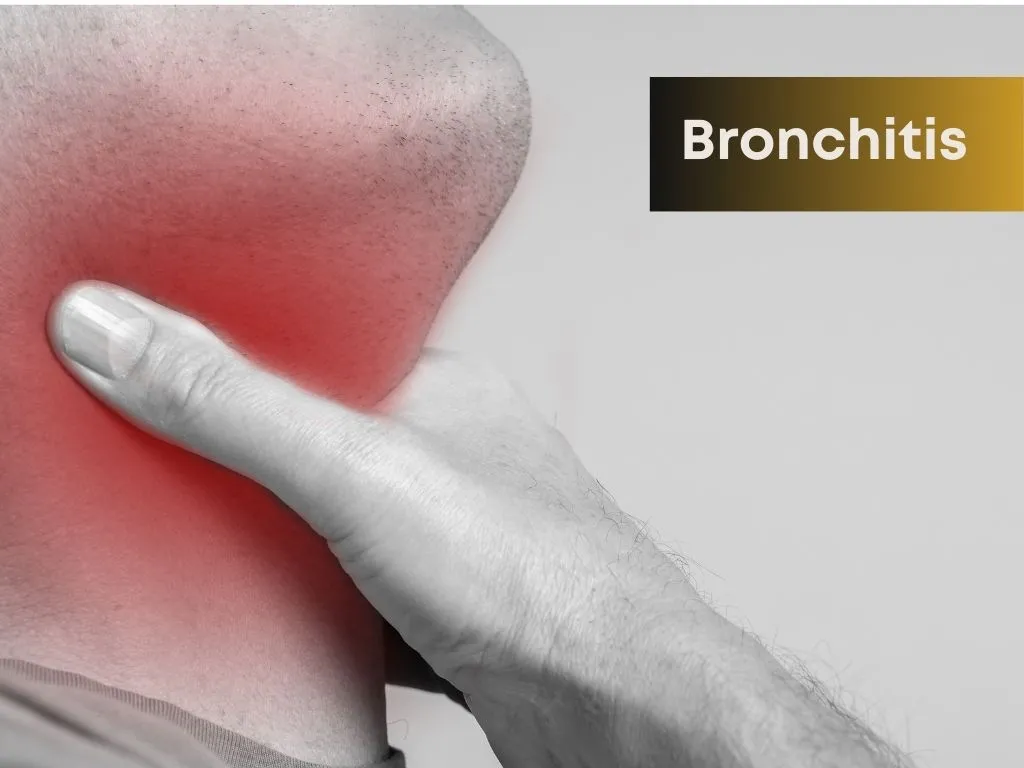
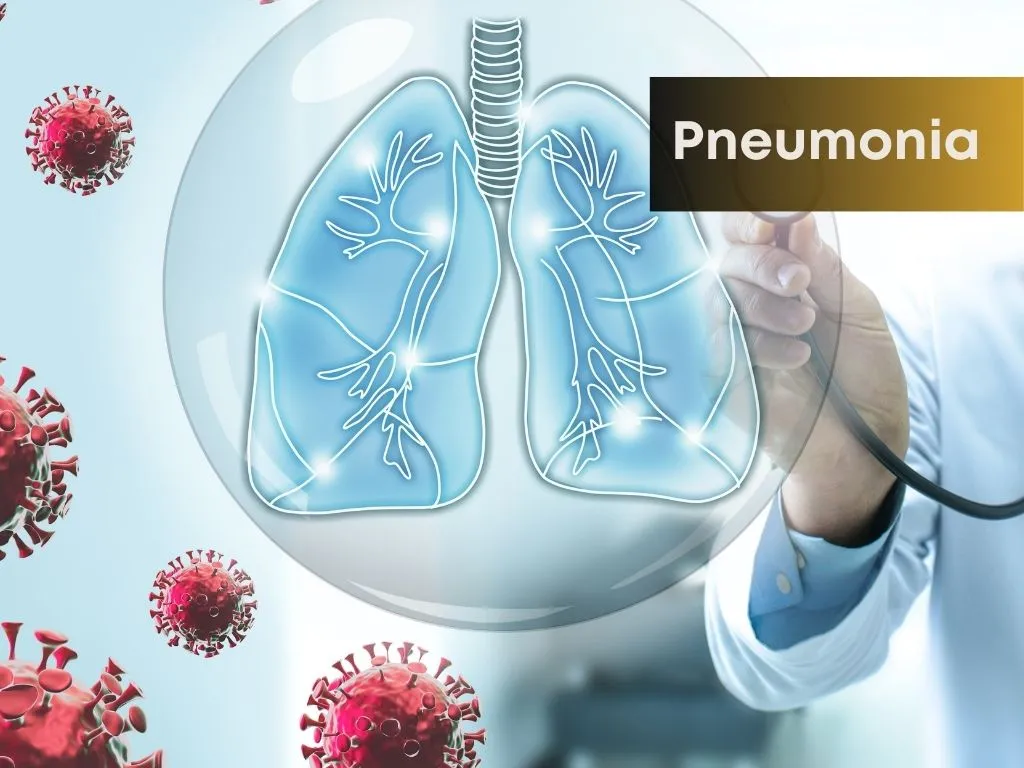

.jpg.webp)
